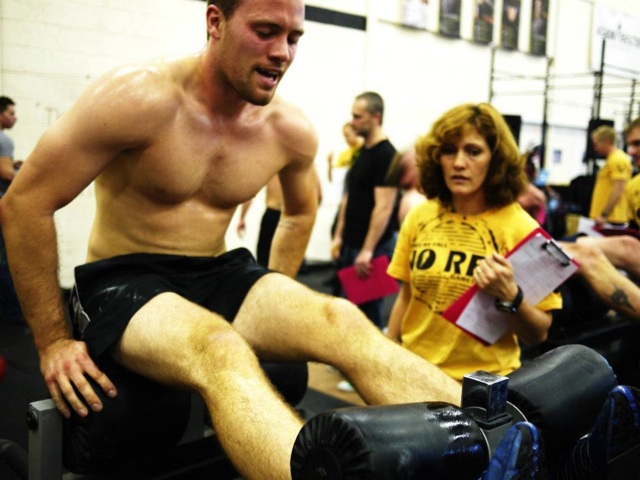
Watching a trainer from my CrossFit box put himself through a punishing workout of the day (WOD) the other morning, it occurred to me that some people in a CrossFit box just have that certain ‘something’ that gives them an advantage over others in a WOD.
It’s not necessarily that they’re physically stronger than their fellow participants, and it’s not that they are more skilled (although, that can certainly help!). What sets them apart is their mental drive, and never say die attitude.
This guy was in the middle of a gruelling, heavy WOD, loaded with more than 10 exercises. Unlike those of us who might pause, gasping for breath with our hands on our knees and head down (or my personal bad habit, the ‘I MUST have chalk now’ diversion), he did not stop. Not even once.
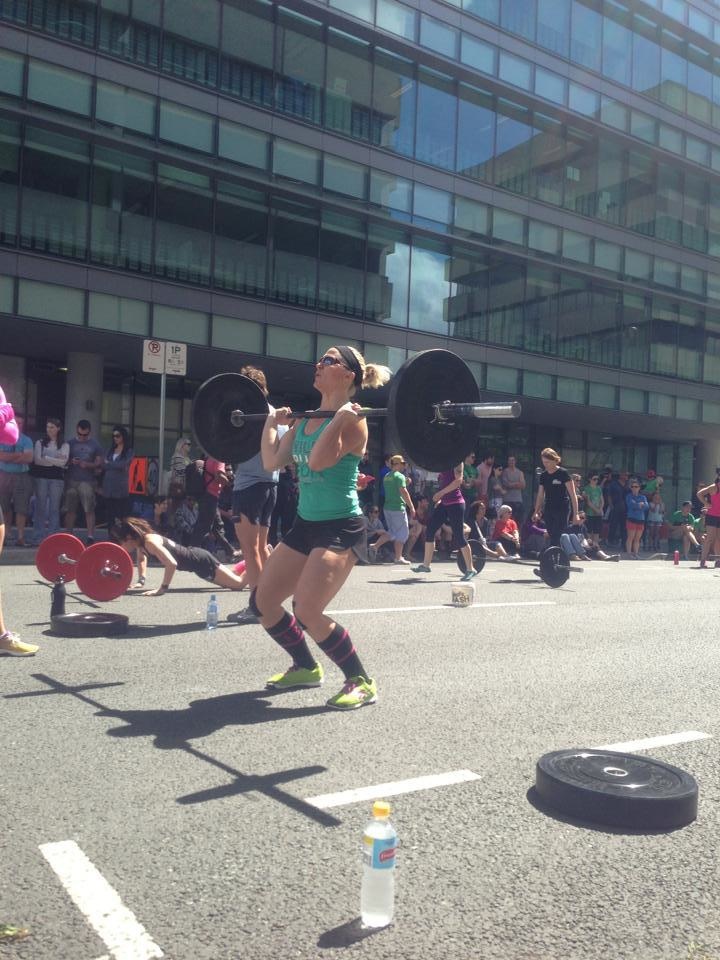
At one point, he was so shattered that he could only manage to step agonizingly slowly back into a burpee, collapsing onto the floor, and then crawling his way up. The look on his face was one we’ve all seen many times before – immense pain from burning lungs and weary heavy muscles, mixed with determination and, almost, despair. But, still, he did not stop – he was constantly on the move the entire time.
Watching him, and coincidentally the now famous and laborious 2011 CrossFit Games men’s beach workout the very same day (YouTube it if you haven’t seen it – 100 HR pushups and 200 air squats feature after a LOT of work, to say the least), got me thinking – what goes through someone’s head during a WOD? What do people think about to keep them moving?
I did a little pop quiz, of CrossFitters of all abilities and levels, and, as you’d expect, it’s different for everyone – but there are some common themes.
Here are the top 12 responses I got:
- Do it faster so then the pain is over quicker!
- To get my name circled on the whiteboard as the fastest/best in that particular class.
- That it’s my job, as a trainer, to lead by example and inspire my clients.
- My short term and long term goals.
- That I’m not just training for me – I’m training for the others in my life that mean anything to me, because I don’t want to let them down, or myself.
- I go into my ‘zone’ and don’t see anything around me – only what I’m doing. I do each exercise with no break if I can, keeping myself as technical as possible under fatigue.
- I plan each WOD and have a game plan throughout. I set goals, that I often need to re-assess, especially when it’s hurting.
- I think of whatever/whoever has annoyed me that day (my douchebag ex, for example!) and that gives me all the agro I need to push hard!
- I train hardest when I have someone just in front or just behind me in a WOD – I race them.
- If there are members of the opposite sex watching, that’s all the motivation I need!
- I think of past workouts I NEVER thought I would finish, but TOTALLY did! It reminds me I CAN do it, so I do it!
- I think of the feeling I get after I’ve finished a WOD and know I’ve done my best – it spurs me on. And less than my best is NOT acceptable!
Is there a ‘happy’ place you can go to in your head? Bree Seears, who trains out of CrossFit 2600 in Canberra, thinks not.
“As for a ‘happy place’ I never get there because my head is usually screaming at me to go harder and faster, to stop slacking off, to pick up that bar & keep going – it’s far from a happy place. I really wish I could turn my head off sometimes because it can slow me down sometimes – when it really hurts or when my lungs can’t get enough air! I’m still yet to find that switch,” Bree says.
Trainer at CrossFit Queanbeyan Alex Trevarthen says he approaches workouts in two lights. “For me the drive to be obsessive about myself as an athlete went ages ago – I still strive to be as good as I can, but it isn’t my main focus,” he says.
“The satisfaction I get from coaching people far exceeds how much enjoyment I get from CrossFit – I realize my limitations, I’m never going to be the best, just as good as I can be, which is fine – but helping people achieve their potential excites me far more, and CrossFit is the perfect weapon for this.”
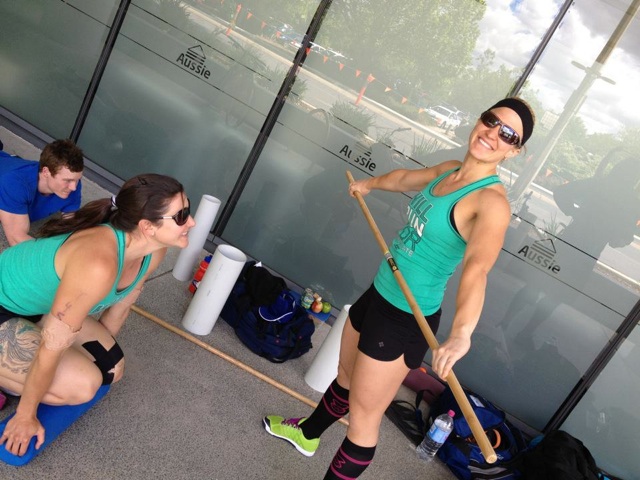
Bree Seears
CrossFit trainer and Australia Regionals 2012 top 10 finisher Megan Smith says she asks herself what gets her through a WOD every single time she does a session.
“I guess for me it’s different each time and depends on who (if) I am training with. So my first step is my actual goals, long term and short term, but ultimately it’s what or where I want to be. Then it’s the actual WODs. I’m not training just for fitness, I am training to be the best that I can for as long as I can and I’m pretty sure that I know what I need to do to get there. I train not only for myself but the others in my life that mean anything to me, because I don’t want to let them down, or myself,” Megan says.
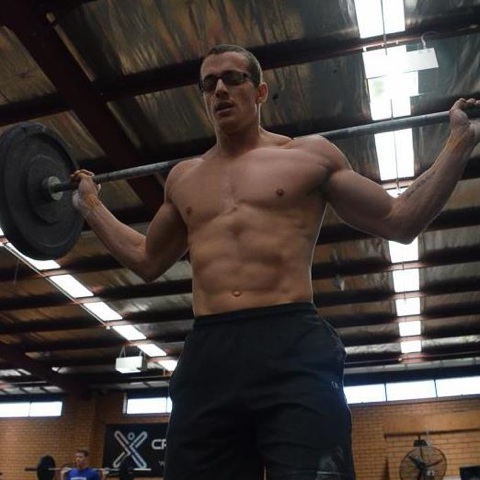
Michael Roach
Megan also says she makes no excuses. “Once I start a session there is this little subconscious thing in my head that won’t let me stop. If a task has been set, then I know it must be completed. I do not come into a session and groan at what I need to do. I don’t come into a session using injury as an excuse. If I have an injury, I acknowledge it and work around it,” she says.
“I do not turn up to a session with a half arsed attitude – half arsed attitudes produce half arsed results. There are many times that I hurt and want to give in, but I continue on knowing that it will be over soon and that I will get so much more out of it by not giving in.”
CrossFit Active coach and co-owner Luke Starr says all he needs is a time or score to beat. “If I am training on my own, I might sometimes bludge a bit, but if I am trying to bet my score from last time, or if I am trying to beat one of my training buddies’ scores, I will have no problems going hard in the WOD. I prefer training with others so that I can compare to them. I will train hardest when I have someone just in front or just behind me in a WOD and I am racing them. And I think most people have this competitive nature,” Luke says.
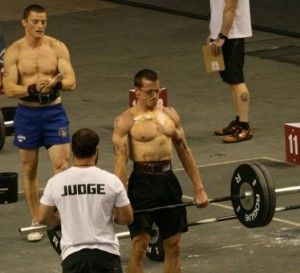
Michael Roach
“From a coaching point of view, some people are not particularly competitive or may be intimidated from this kind of training environment. As a coach, you need to identify these people and make sure you adjust your coaching style and the way you might structure a class depending on who is in it.
“Lastly, drawing motivation from those around you to push harder is great, but it’s also a valuable skill to be able to motivate yourself internally – e.g. when there is no-one to compare your time to, or when you are injured and you have to do a completely different WOD to everyone else, or when you are working on a weakness and its holding you back in the workout. Chad Mackay is a great example of a guy who can push hard when he is on his own and who can keep his motivation up when he is injured.”
Michael Roach, CrossFit 2600 Canberra Coach and 2012 Australia Regionals competitor, says he goes into the ‘zone’.
“Before a workout I usually give myself a game plan depending on time, strength or endurance needed and movements, then during the workout I try and think of absolutely nothing subconsciously – just doing each exercise with no break before each movement or exercise, keeping myself as technical as possible under fatigue. I always start strong and maintain, then go as hard as I can towards the end of the workout depending on how much I have left,” Michael says.






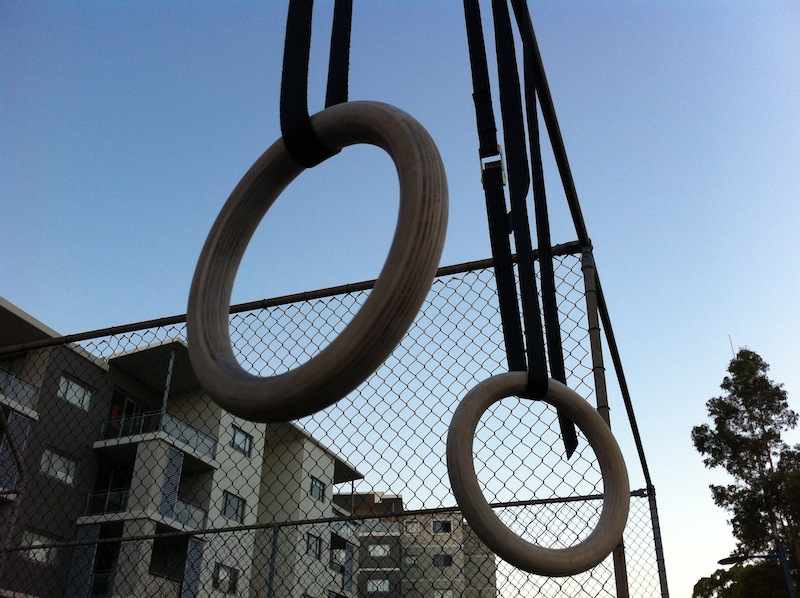
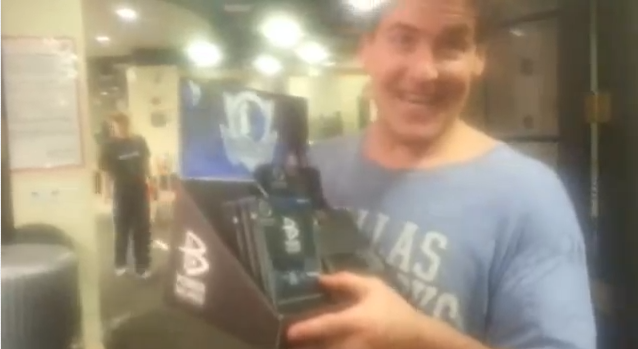


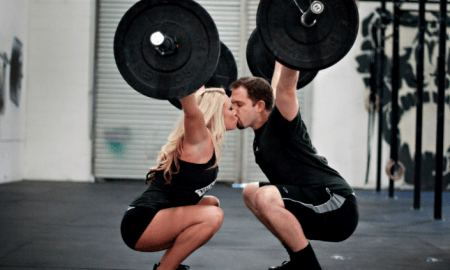



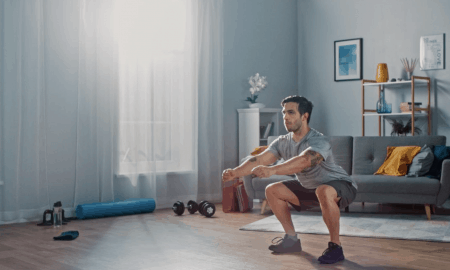
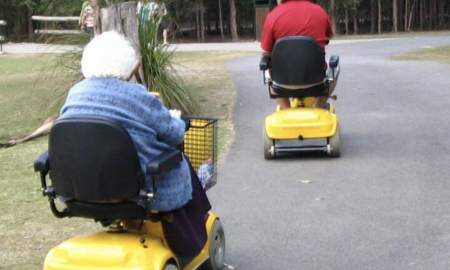
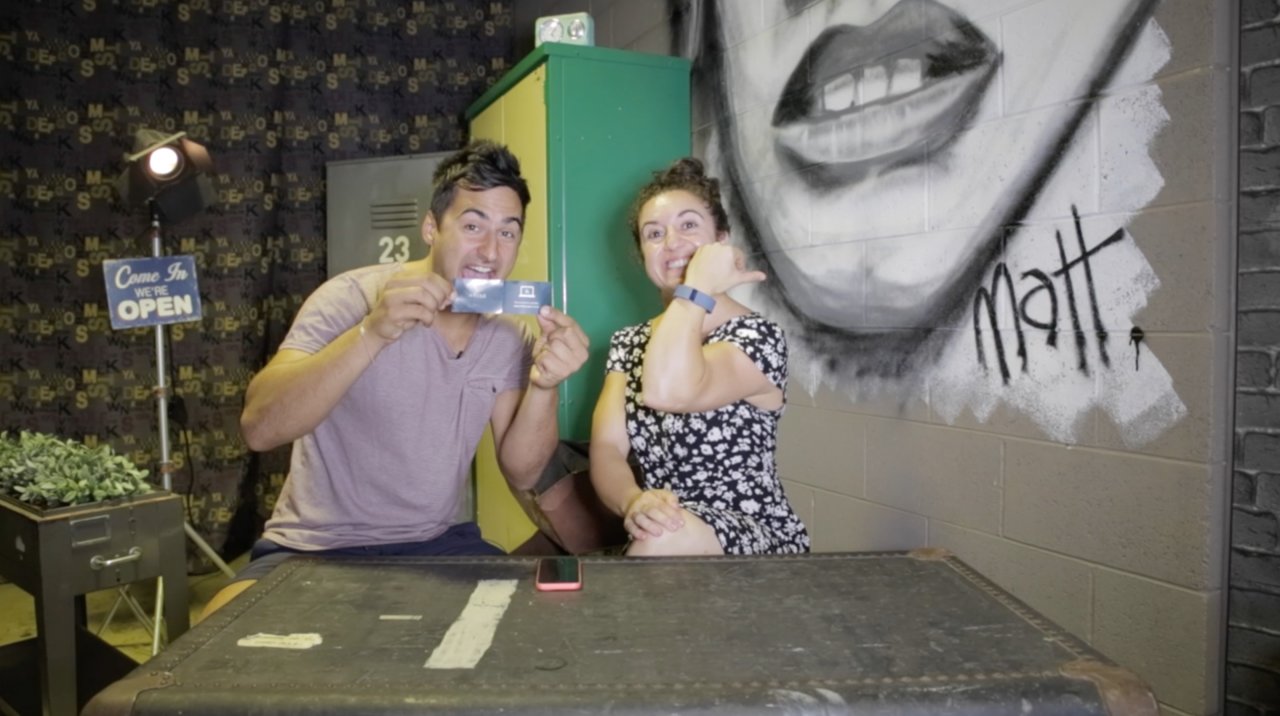

Follow Us